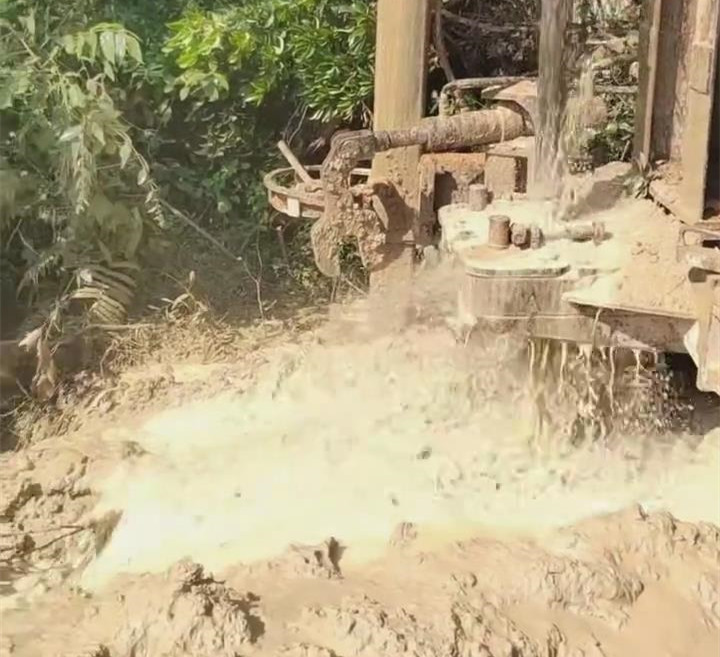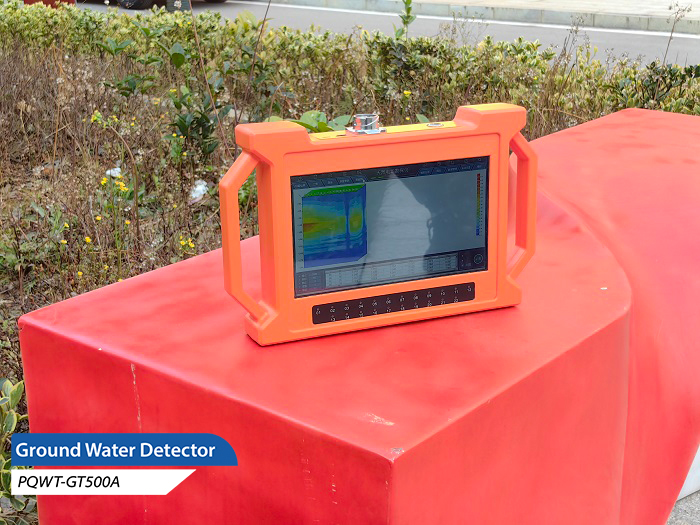When searching for a groundwater source, people often rely on a variety of methods and techniques, taking into account the local natural environment, plant growth, topography, and seasonal climate. Below, we'll detail some practical tips and tricks to help you accurately find groundwater sources when drilling a water well.

Observe Plant Growth
Plant growth is one of the most important factors in determining the source of groundwater. For example, in the summer months, a place where the ground temperature is low and the sun does not shine for a long time often means that there is an abundance of groundwater. Similarly, if the plants in an area remain lush during the dry season, it is likely that the area is rich in groundwater sources.
II. Topography and Drainage Analysis
Topography and drainage are also key factors in finding groundwater sources. Frequently wet areas with the slowest drainage usually mean that groundwater is closer to the surface. In addition, areas that are surrounded by drought and have only one wet spot in the center, or where crops are the slowest to mature, are also often signs that a water source is present.
Observation of Seasonal Climate Change
Seasonal climate change is also important in finding groundwater sources. For example, places that thaw early in the spring, freeze late in the winter, and melt quickly with snow are usually rich in groundwater sources. In addition, places where mosquitoes gather in clusters in the morning and evening in summer, and places where fog helicopters in the morning in fall, may be areas with abundant groundwater sources.
Fourth, the scientific method of digging wells for observation
In practice, you can also dig wells through scientific observation methods to find groundwater sources. In preparation for drilling wells on the ground, digging out some two feet deep small pit, you can observe the situation of groundwater. For example, on spring and fall mornings, observing which pits are foggy will allow you to determine the level of the surrounding groundwater table. In addition, you can also buckle a bowl in a small pit and observe the number and size of water beads in the bowl every other day, so as to judge the exuberance and depth of the underground water source.
Fifth, the aid of modern scientific and technological means
With the progress of science and technology, modern scientific and technological means also play an important role in the search for groundwater sources. For example, the use of ground water detector can help us to more accurately detect the location and depth of underground water sources. The principle electrical detection methods used by water detector are divided into artificial electric field method and natural electric field method. Artificial electric field includes DC power supply, excitation, controllable source and other professional methods, which are mostly used in all kinds of large geological census projects, involving thousands of measuring lines and points, but it is quite inconvenient to use, especially carrying the power supply device, which often requires a lot of manual labor. The natural electric field method has matured through decades of research and development and application. It also requires that the person looking for water has a wealth of practical experience in the local environment, lithology, has become a well analysis in order to say that white hair a hundred hits.
Summarize

Finding groundwater sources requires a combination of factors, including plant growth, topography and drainage, seasonal climate changes, and the aid of modern technological tools. Through the comprehensive use of these methods and techniques, we can more accurately find groundwater sources and provide a strong basis for drilling water wells. At the same time, we should also note that the distribution of groundwater sources may vary in different areas, so we need to take into account the local conditions in the actual operation of the judgment.








